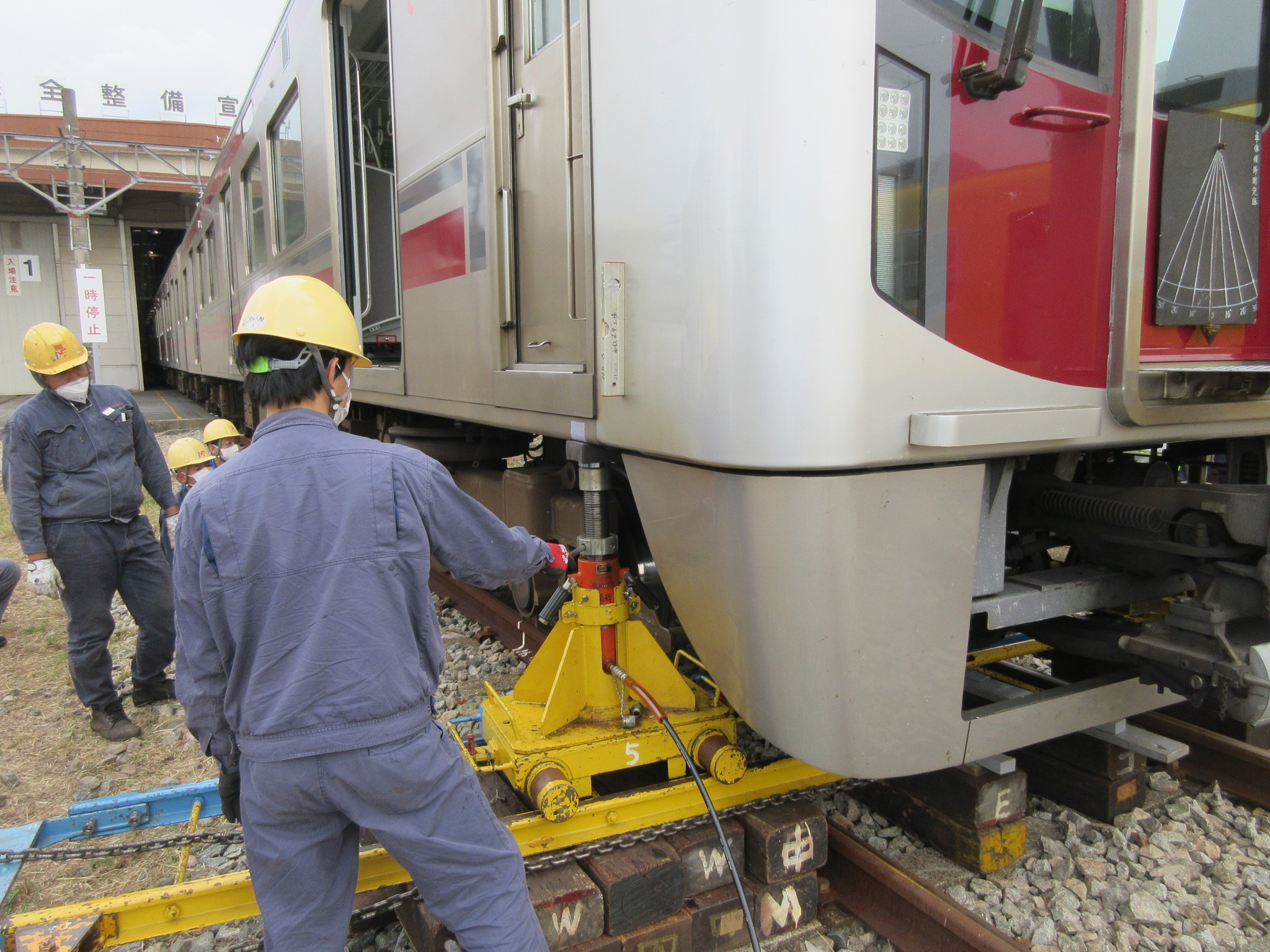|
Safety Targets |
Results |
|
1. Build an organizational culture that puts safety first and acts accordingly |
Improved communication to promote safety awareness |
|
2. Zero liability accidents (*1) Zero incidents (*2) |
Liability accidents: 0 Incidents: 1 |
|
3. Zero transportation disruptions (*3) caused by railroad staff |
Transportation disruptions caused by railroad staff: 1 |
|
Prevention and reduction of transportation disruptions caused by vehicles and railroad facilities |
Worked to prevent recurrence of transportation disruptions caused by vehicles and railroad facilities that have occurred in the past. |
*1 Liability accidents are defined as railroad operation accidents caused by our railroad staff, vehicles, and railroad facilities.
*2 An incident is a situation that may cause a railroad operation accident.
*3 A transportation disruption is a situation, other than a railroad operation accident, in which trains are delayed or suspended for 30 minutes or more.
1. We will create a workplace where safety is our top priority and where we can appreciate each other’s opinions and actions.
2. We will strive to prevent accidents for which we are responsible and to prevent and reduce transportation disruptions by passing on the skills of our railroad staff and by properly maintaining and managing our facilities and equipment.
To ensure prompt restoration in the event of an emergency, accurate information gathering, and confirmation and familiarization with the chain ofcommand for restoration, the entire Railroad Business Division, including Group companies, conducts comprehensive training at Nishitetsu’s Chikushi rail yard. In FY2022, the program was held on November 9, with a total of approximately 270 participants.
To prepare for accident or disaster situations, we conducted joint drills with the Railway Police Corps on the assumption that a suspicious person with a knife appears in a train in operation, joint drills with the fire department on the rescue of injured passengers, and disaster recovery drills to restore electrical and rail track facilities damaged by heavy rain and other disasters.

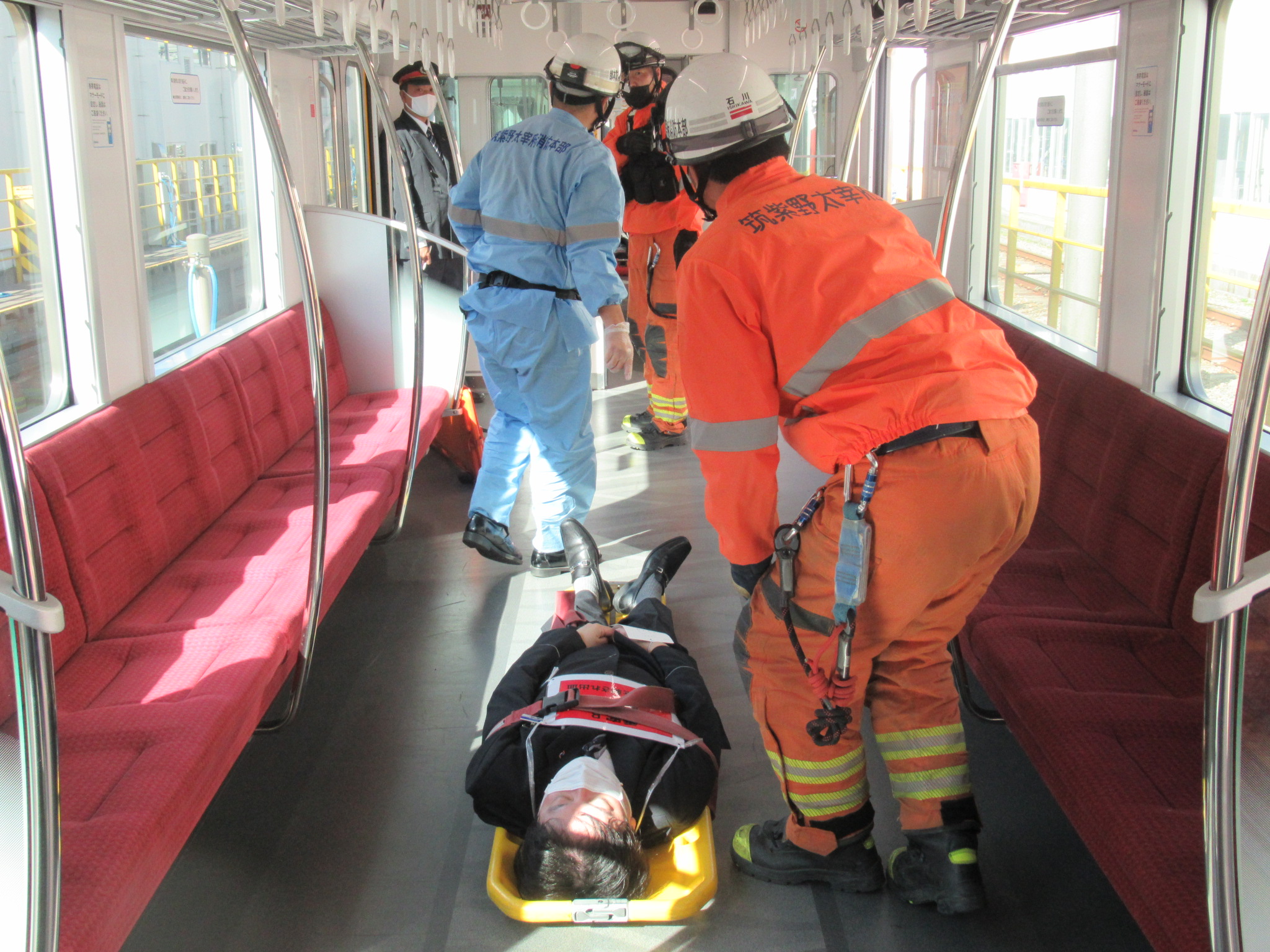
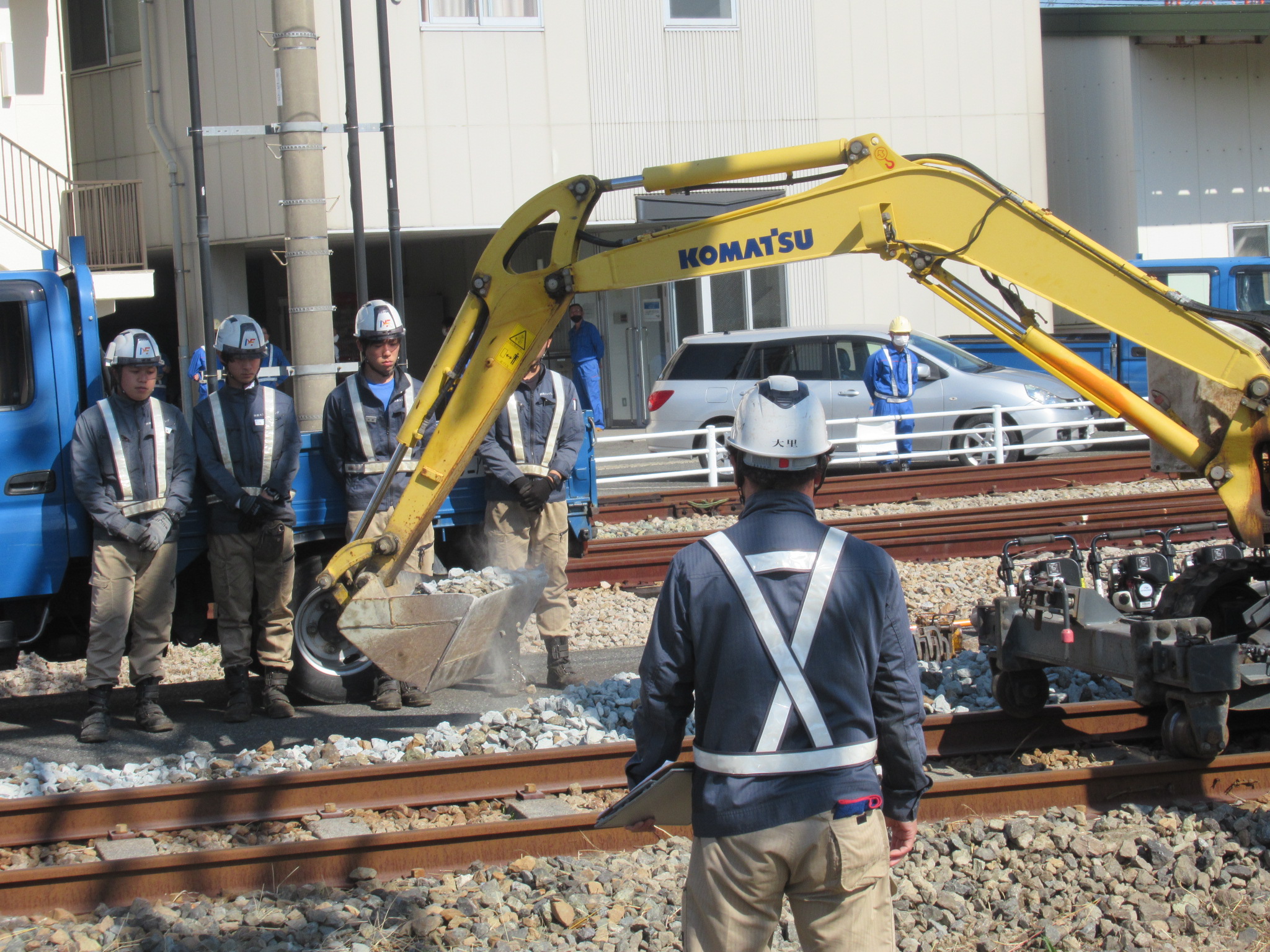
The driving simulators installed at train driving schools can reproduce various situations that require instantaneous judgment, such as inclement weather and vehicles entering railroad crossings, as well as vehicle breakdowns, and are used for training to handle abnormal situations.

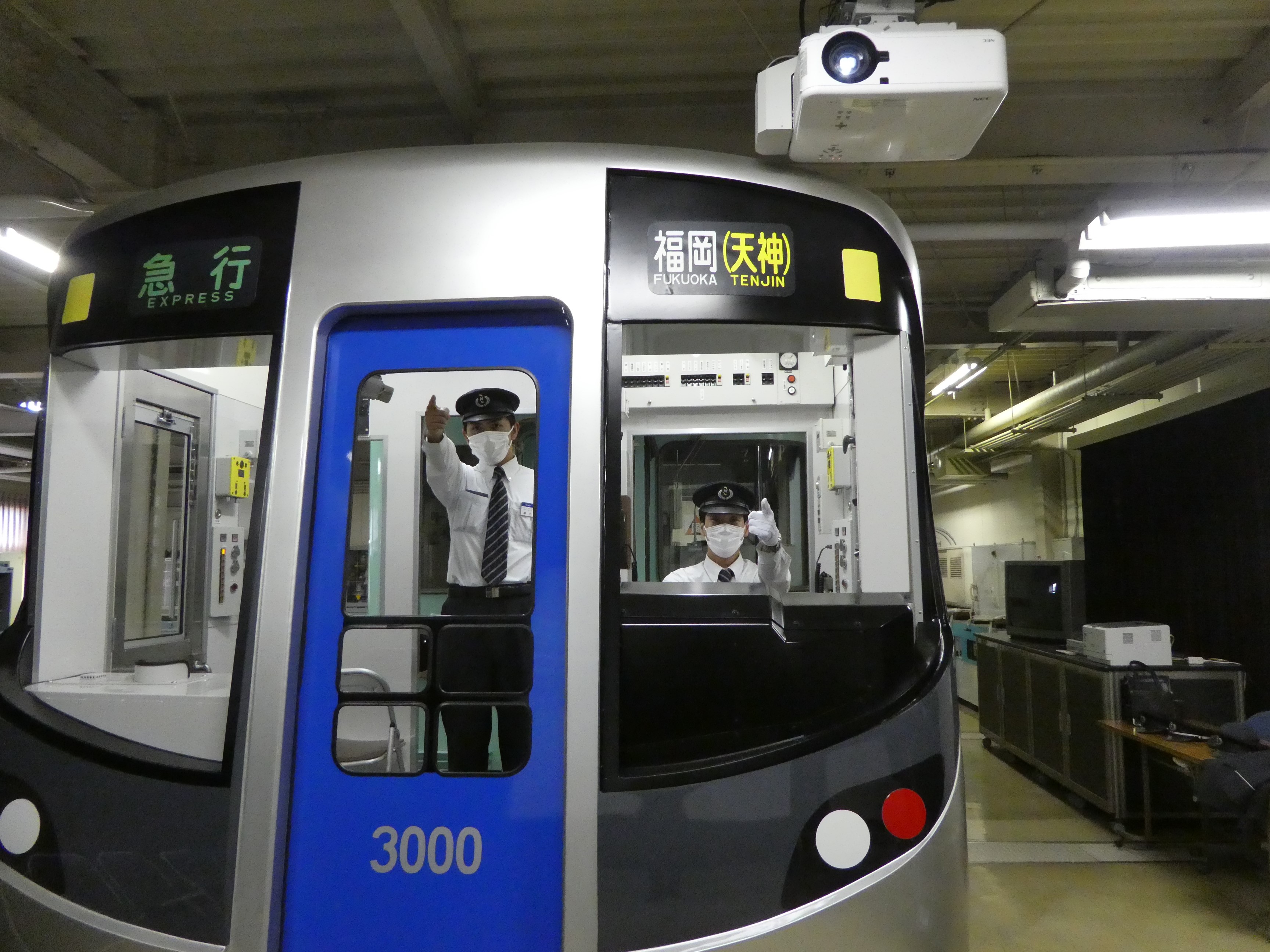
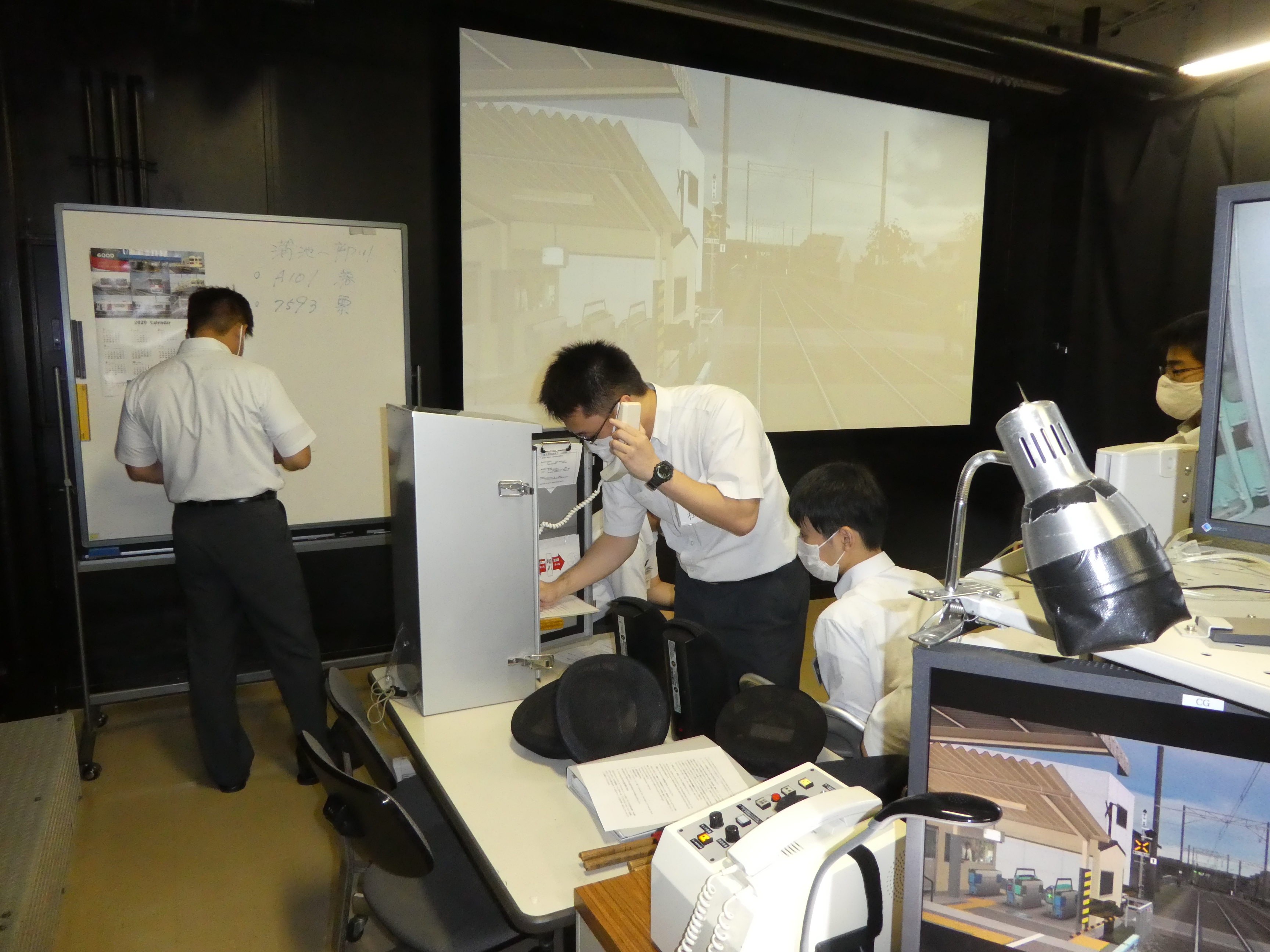
(1) Earthquake Early Warning System
When an “Earthquake Early Warning” (when the maximum seismic intensity is estimated to be 5 or lower on the Japanese scale) is received from the Japan Meteorological Agency, all trains will be ordered to stop, and trains will be
immediately brought to an emergency stop to mitigate damage.
(2) Weather observation system
Weather observation sensors (wind speed and direction, rainfall, temperature, river water levels, and seismic intensity) are installed along the line to constantly monitor weather data. When the alarm value is exceeded, the prescribed operational restrictions are immediately implemented to ensure safe operation.
(3) Review of areas requiring attention
Areas where there is a risk of track flooding or slope collapse due to prolonged rainfall are designated as areas requiring attention, and operational restrictions and facility inspections are carried out for areas requiring attention in sections where warnings are issued by the weather observation system. In addition, in response to recent extreme weather conditions, we are reviewing hazard maps and other information to add new areas requiring special attention.
The Rolling Stock, Electrical, and Railroad Track Departments each conduct response drills in preparation for abnormal situations. The Rolling Stock Department conducts train derailment recovery training; the Electrical Department runs training for problems at signals, railroad crossings, overhead wires, and substations; and the Railroad Track Department conducts training for recovering from broken rails and emergency first aid.
